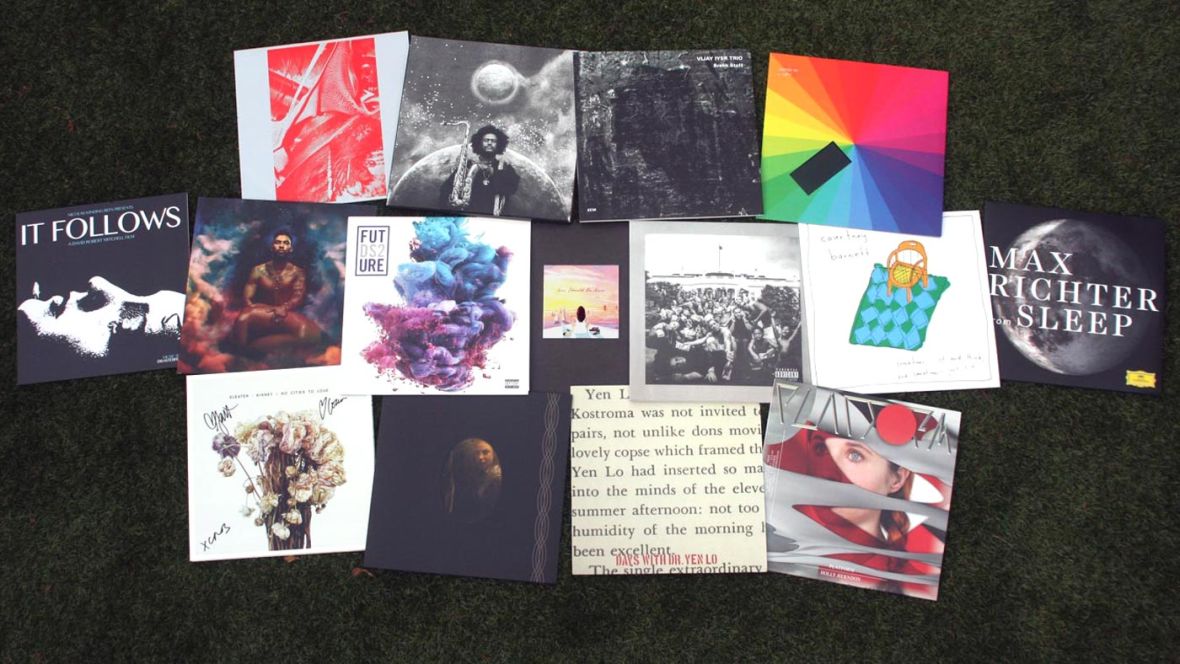I turned 40 this year, and instead of throwing in the towel and giving up on new music, I found that I sought out more new sounds than ever. I also put together a list of tips for staying excited about new bands and artists, and organized a Commonwealth Club panel about the ways we consume recorded music. All of this resulted in weekly surprises on my stereo.
Of the 25 albums I loved the most in 2015, most, I find, are mysteries that are a joy to unravel. I liked them all for different reasons, and sorting the top three, in particular, took weeks. For background reference, see my top album lists from the years 2014, 2013, 2012, 2011, 2010, and lo and behold, the entire decade from 2000-2009.
Here’s what I loved the most in 2015.

1. Kehlani – You Should Be Here
(Tsunami Mob/Self-Released)
Originally released as a free download in April, Kehlani’s You Should Be Here commanded exponential adoration throughout the year, not just from me but from a committed, growing base of fans. With an Oakland upbringing that wasn’t always easy — at a young age, her father was murdered, and later, her mother bounced in and out of jail with drug problems — Kehlani, age 20, brings a no-nonsense realism to her songwriting that feels intimate without being “confessional,” backed by music that feels wholly fresh without falling into the languid trap of “weird R&B.” Most of the songs on You Should Be Here explore the tenuousness of relationships, be they with friends, lovers, or family: “Jealous” involves a boyfriend who won’t stop posting pictures of their dates, “How That Taste” indicts old friends who believed she wouldn’t make it, and “Bright” is a swing-rhythm affirming message of self-love for young girls and boys alike. But it’s “The Letter,” a song addressed to Kehlani’s absent mother, that cuts the deepest here. “And if you weren’t gonna guide me, why bring me into the light?” she sings, over a spare piano figure, “Must have done something to make you want to run and hide.” By the album’s end, “Alive” feels like jubilant release, a celebration of overcoming all that came before. When I saw her in July, I witnessed a room full of young fans communing with one of their own in a way I haven’t seen in years. Kehlani is human. She’s honest. In many ways, this has been her year, and I love more songs on this album than any album I heard in 2015.

2. Future – DS2 (and 56 Nights)
(Freebandz/Epic)
The sound of a lost soul pushing through the haze to grasp at any glimmer of light, Future’s DS2 is also the album I listened to more times than any other in 2015. (Make of the connection what you will.) Coming off a string of three mixtapes, and in the wake of his separation from Ciara, Future crafted his first official album since 2014’s Honest as a delicate balancing act between turn-up mayhem and bubbling-under sorrow. DS2 has his detractors (“It’s terrible,” a colleague told me yesterday, “he’s just mumbling”), and taken at face value, Future’s references to codeine and liquor and sex seem like textbook rap braggadocio — until you listen for the fourth or fifth time and realize they’re escapist props in an ongoing drama against his inner demons. “Tried to make me a pop star, and they made a monster,” Future raps in his gutteral rasp, “I gave up on my conscience, gotta live with it.” The production throughout by Metro Boomin buzzes and clangs as the anxious clamor of the outside world, while Future rattles in his creaking monotone just trying to make it through intact. After the phenomenal mixtape 56 Nights, which yielded songs so resonant they were covered by university marching bands, I didn’t know how Future could outdo himself, but he did. I put this album on tape and listened to it on repeat for months and got lost.
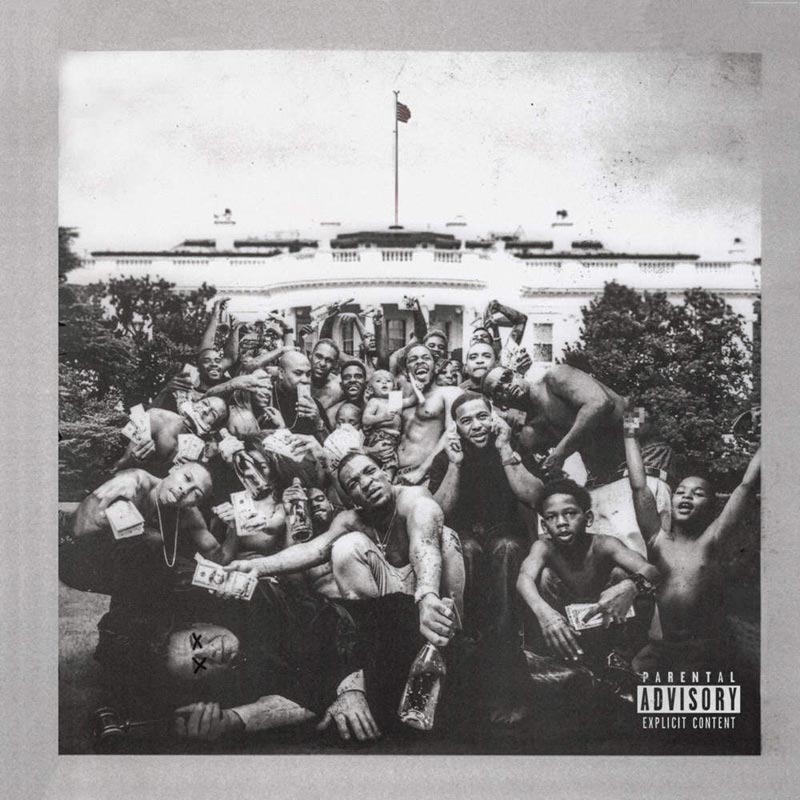
3. Kendrick Lamar – To Pimp a Butterfly
(Top Dawg/Interscope)
We music writers arrange these dumb lists each year by many competing factors. While You Should Be Here gave me the most hope and DS2 the most repeated listening, objectively To Pimp a Butterfly is the hands-down album of the year. Riding high from good kid, m.A.A.d city, Kendrick could have easily made an accessible follow-up with singalong hooks; instead, he employed wild jazz, crying spoken-word, swampy funk and missives to Oprah about the n-word into a record that sounds like 2015 felt — anxious, reflective, confused, angry, and hopeful. Much in the same way film critics know “Oscar contender” when they see it, I walked into the office in March after being blown away by its sheer scope and immediately declared it the album of the year — simultaneously knowing that it’d take a while to process. The album sparked more serious conversation than any other, and in a year where names like Freddie Gray, Sandra Bland, Terrence Walker and Laquan McDonald populated our Facebook feeds, those conversations are necessary — even while, as I witnessed during his performance at Outside Lands, they occur in the midst of a giant unifying party. Everything about this album is ambitious: lyrically, musically, and in the ambition it has for all of us to be better.
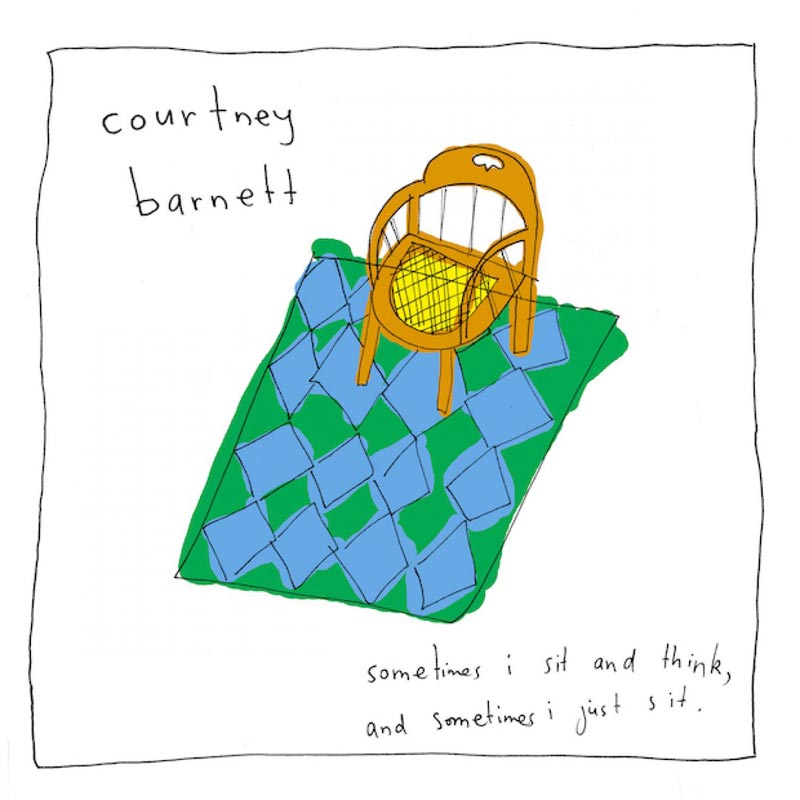
4. Courtney Barnett – Sometimes I Sit and Think, Sometimes I Just Sit
(Mom + Pop)
Artists do this thing sometimes where they try to sequence a record with a song for each mood, and they usually either fail or the record is unlistenable. Sometimes I Sit and Think works for every mood, probably because its subject matter is so often seemingly mundane. “I stare at the lawn. It’s Wednesday morning. It needs a cut. But I’ll leave it growing,” opens the seven-minute dirge “Small Poppies” — and then Barnett launches into an indictment of an exploitative lover, a blood-curdling guitar solo, and the line “I used to hate myself but now I think I’m alright.” (The song is only two chords, over and over, a fact that took me months to notice.) But then there’s songs like “Depreston,” which are so evocative of sitting on the porch and drinking tea on an overcast morning that a strange calm comes over me each time I hear it. When I saw her play this summer, her fingers skittered around the guitar like fireflies, somehow producing sound but decidedly not in the usual way. Whenever I couldn’t decide what to put on the stereo at home, I reached for this record, and it never let me down.
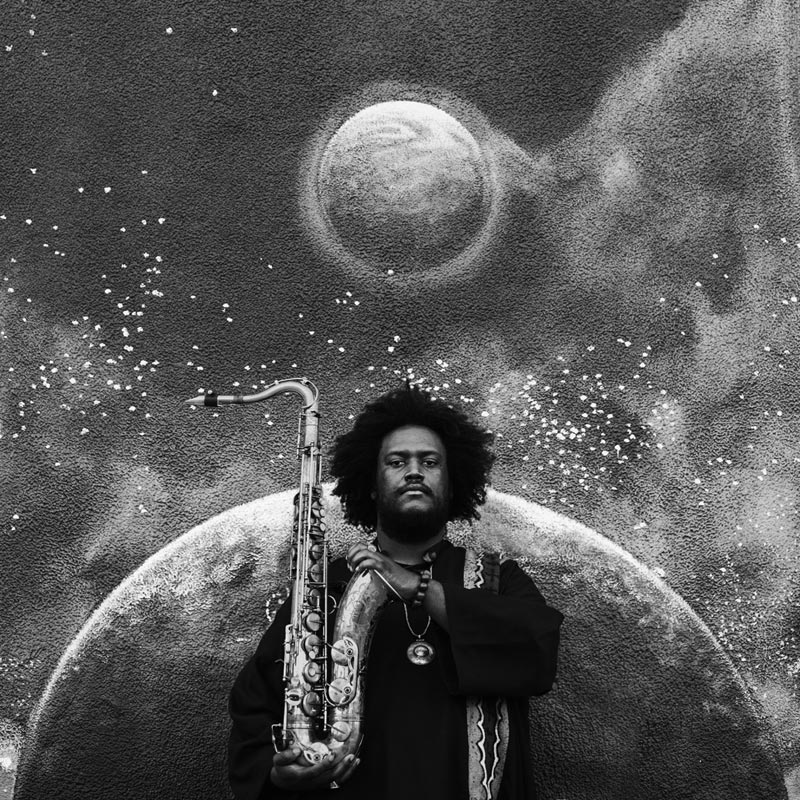
5. Kamasi Washington – The Epic
(Brainfeeder)
As a huge fan of the soaring spiritual jazz of the late 1960s and early 1970s, I balked when I heard that The Epic was “just like an Impulse Records album from 1969.” But the assessment is correct. Revisiting eras of jazz can be dicey: when the new traditionalists of the 1980s led by Wynton Marsalis recreated early bebop, the effect felt like a tribute band. Washington succeeds in this appropriately-titled album (the thing’s almost three hours long) because, along with the sound, he captures the spirit of a radical jazz revolution of fifty years ago. Probing into outer reaches of the possible, Washington’s 12-piece band is like a thunderstorm, and his compositions are rich and surprising. Released on the Brainfeeder label — home to progressive electronic acts like Flying Lotus and Thundercat — The Epic has hence turned up on more indie-rock sites and lists than any other jazz record, a crossover album without the watered-down music normally associated with the term. Kudos to Washington for turning on a new generation to what Archie Shepp called “fire music”; this is heat, indeed.

6. Kreng – The Summoner
(Miasmah)
Pepijn Caudron is a modern Belgian composer whose career has been largely tied to the theatre; specifically, the dark surrealist company Abattoir Fermé, based in Mechelen. Recording under the name Kreng, his music has a highly visual quality not unlike Richard Strauss’ tone poems, meant to evoke specific scenes or events. Caudron lost three friends in 2014, all to suicide, and with Summoner he writes a tone poem for the Kübler-Ross model, commonly known as the five stages of grief. Each track is named accordingly: Denial, Anger, Bargaining, Depression, and Acceptance, and the music matches these stages with alarming precision. “Denial,” for example, is a gloomy soundscape interrupted by occasional bursts of the small orchestra, fingers flailing on the strings and rattling percussion signaling a mourner’s confused realization that their loved one is gone. Within the stages, Kreng adds a sixth: “The Summoning,” which turns into a loud, guitar-drenched blast from doom-metal band Amenra, representative of “an imaginary last talk with my loved lost ones,” as Caudron has stated. “Acceptance,” a piano elegy, closes the cycle. If Strauss’ Death and Transformation is about the stages of dying, The Summoner is its sequel for the living left behind. Each time I listened to this album in 2015, it floored me.
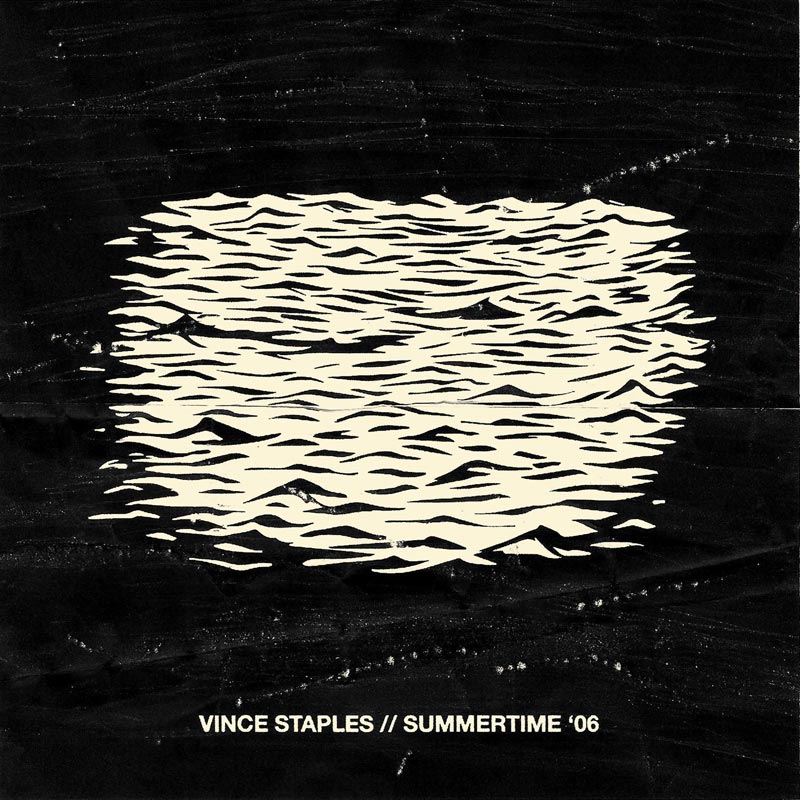
7. Vince Staples – Summertime ’06
(Def Jam)
As a kid growing up in the 1980s, I had to hear adults tell me on a near-daily basis that the rock revolution of the 1960s was the greatest thing to happen in history, and that the invasion of rap was destroying music. I loved 1960s rock music, of course, but something seemed off, like the adults in my world hadn’t heeded their own hero’s advice that the times were a-changin’ and to get out of the new road if they can’t lend a hand. In 2015, of course, we have the next generation of this tiresome cycle instructing us that the so-called “golden era” of rap — the 1990s — is the best era of rap, and the Wolf Gangs and Young Thugs and Fetty Waps of the world are ruining everything. In October, Vince Staples had the guts to call out this remedial thinking to Time magazine, and was subsequently eviscerated for having the gall to be born the year before Ready to Die came out. I rule in favor of Vince Staples, and his young fearlessness propels Summertime ’06. In addition to Staples’ smart writing, the production by hip-hop veteran No I.D. knocks hard, bridging the generation gap. I listened to this album in the car and thought about being 22 and hungry.
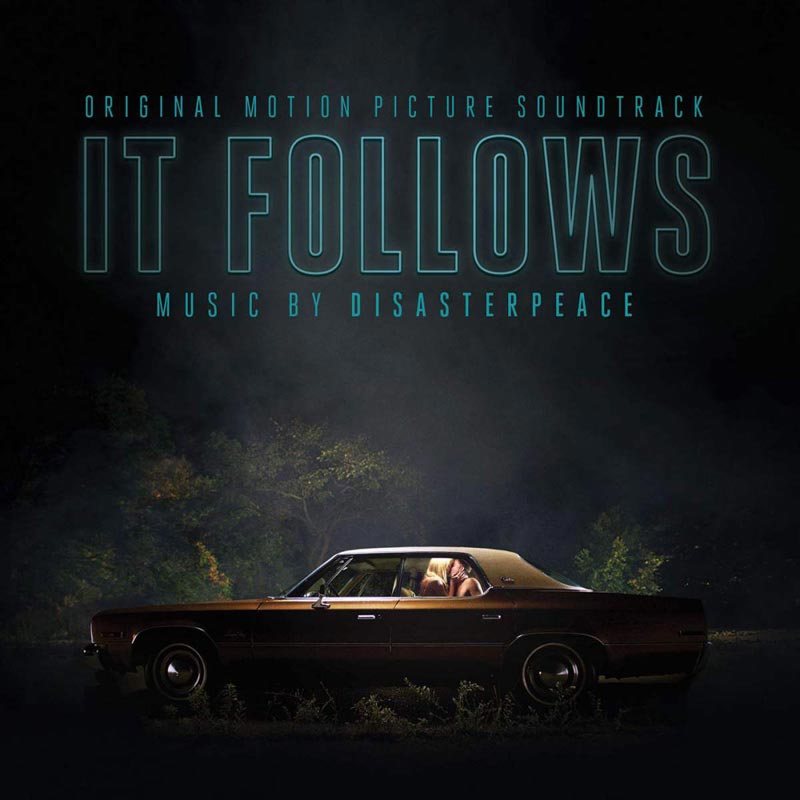
8. Disasterpeace – It Follows OST
(Milan)
I ordinarily don’t place soundtracks on these lists, but then this is no ordinary soundtrack. Anyone who’s seen It Follows knows how instrinsic the music is to the film, the story of a sexually-transmitted virus that manifests intermittently in the form of a slowly pursuing naked body intent on killing its host. (It’s more psychologically harrowing than it sounds.) Scored by Disasterpeace, a.k.a. Berkeley musician Richard Vreeland, the soundtrack stands finely on its own, a combination of electronic pulses and surging, eerie wave forms that call to mind John Carpenter and Trent Reznor. Prior to the film, Vreeland primarily scored video games, and his 8-bit–inspired soundtrack to Fez caught the attention of writer-director David Robert Mitchell. Interestingly, Fez often sounds peppy and lively, while It Follows plunges head-on into darkness. Between Kreng and Disasterpeace, there’s two first-time film composers on this list. Here’s hoping they land future projects and get the attention they deserve.
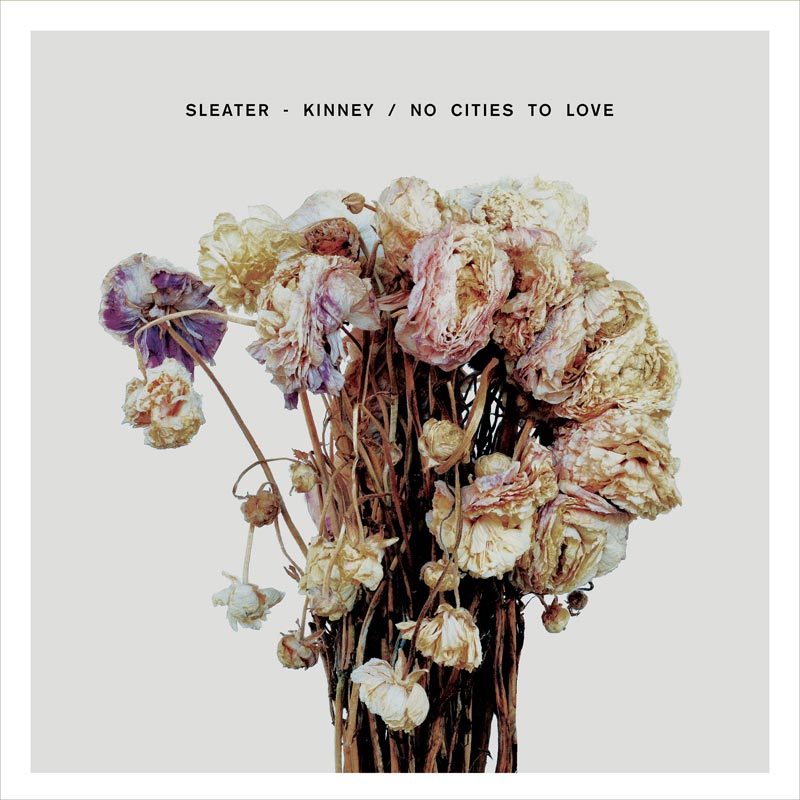
9. Sleater-Kinney – No Cities Left to Love
(Sub Pop)
I saw two reunion shows on Nob Hill this year: first, the Replacements, whose reunion was as improbable as it was majestic, and then, after a 10-year absence, Sleater-Kinney, who picked up as if nothing had happened since I last saw them in 2005 at the Great American Music Hall. Of course, plenty had happened (solo projects, Portlandia, Wild Flag), and in a lot of ways, No Cities Left to Love sounds like a band starting over again. In a distinct musical language Sleater-Kinney created during their original run, which culminated in the furiously creative 2005 album The Woods, the songs here are relatively simple and straightforward. That’s not a bad thing, and they get stuck in my head more frequently than anything from The Woods, much as I love that album too. I sometimes pride myself on not clinging to the music of my past, but I’ll admit that it’s just plain nice to hear Sleater-Kinney again, and I believe the world is a better place with them around.
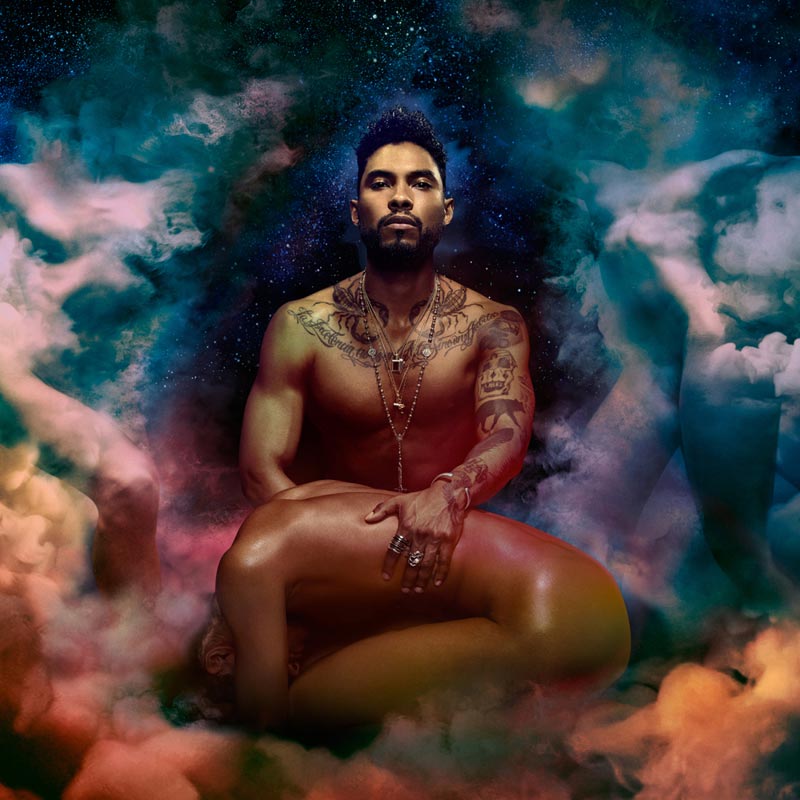
10. Miguel – Wildheart
(RCA)
Miguel’s Kaleidoscope Dream floored me so hard in 2012 that I bought a last-minute $100 ticket to see him open for Trey Songz at the Oakland Arena, and friends, it was worth every cent. In the times I’ve seen the R&B singer since, he has a propensity for dazzling up his songs with so many musical rearrangements, drum fills, ad-libs and improvised melodies that the original songs are buried in showmanship. (Granted, it’s showmanship of the highest order, and comparisons to James Brown and Prince are not off the mark.) Wildheart operates against that process, so intimate that when I first pressed play on album opener “A Beautiful Exit” I thought I must be hearing a demo recording. As evident from the cover, this is a hypersexual record (with “The Valley” and the fantastic “Waves”), but songs like “What’s Normal Anyway” speak to the struggle everyone faces to fit in, and “Hollywood Dreams” picks apart the quest for fame in L.A.’s parasitic atmosphere. I kept returning to Wildheart, even though it isn’t Kaleidoscope Dream Pt. II at all, and it’s precisely because of his ever-changing nature that it’s always exciting thinking about what Miguel will do next.
More From the Year:
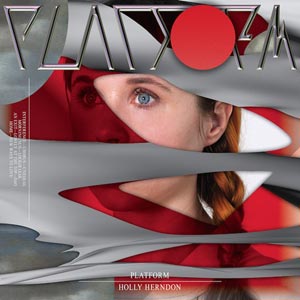
11. Holly Herndon – Platform
Scattered and glorious, an electronic pastiche of lost memories from yet another San Francisco artist who moved to L.A.
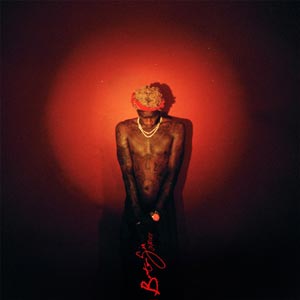
12. Young Thug – Barter 6, Slime Season 1 & 2, the leaks, etc.
When he’s on, he’s on (see Exhibits A and B), and following his constant output is thrilling.

13. FKA Twigs – M3LL155X
A natural continuation of LP1, my favorite album of 2014, it pushes all the boundaries beautifully.
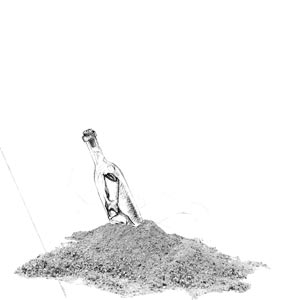
14. Donnie Trumpet & the Social Experiment – Surf
Chance the Rapper gives his band the spotlight, with “Wanna Be Cool” and “Sunday Candy,” songs your mama could love.
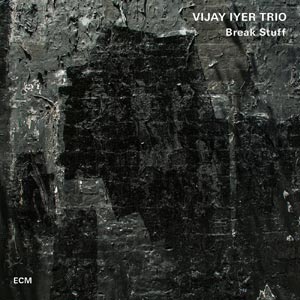
15. Vijay Iyer – Break Stuff
Drawing inspiration from techno and hip-hop, Iyer explores the “break” and applies it to his fantastic trio.
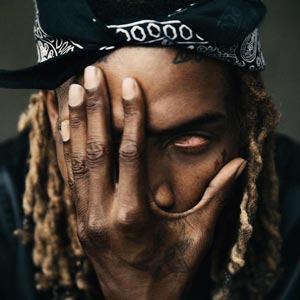
16. Fetty Wap – Fetty Wap
No one could escape these songs in 2015 (“Trap Queen,” “My Way,” “679,” “Again”), but I swear, I never got sick of hearing them.
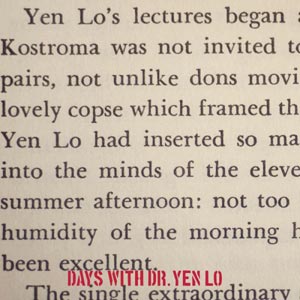
17. Dr. Yen Lo – Days With Dr. Yen Lo
A rapper/firefighter from Brooklyn who toned down his already-subdued hip-hop sound for this near-drumless album.
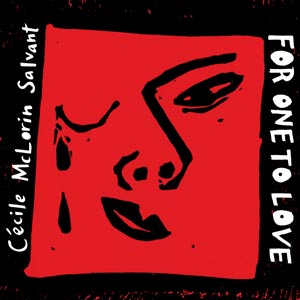
18. Cécile McLorin Salvant – For One to Love
A tremendous jazz vocalist who’s not afraid to wear her influences on her sleeve, with unexpected song choices arranged vividly.
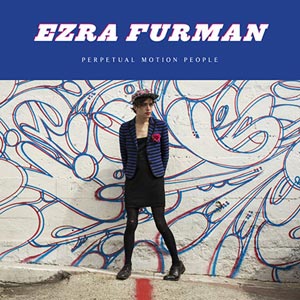
19. Ezra Furman – Perpetual Motion People
Simple rock ‘n’ roll, one of the more memorable live shows I saw this year, and “Lousy Connection” is a Violent Femmes-meets-Phil Spector gem.
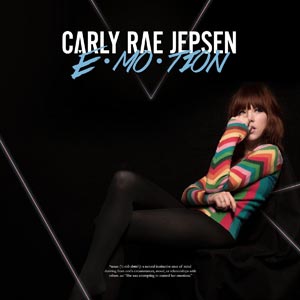
20. Carly Rae Jepsen – E.mo.tion
Justin Bieber, Selena Gomez and Demi Lovato all had great singles in 2015, but Carly Rae Jepsen intentionally created a pop album, and it’s easily lovable.
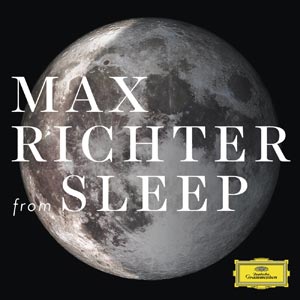
21. Max Richter – From Sleep
Richter wrote an eight-hour piece of music to be played while sleeping; the one-hour excerpt is enough, and sublime.

22. Jamie XX – In Colour
Not as revelatory as his We’re New Here instrumentals, but rich and rewarding throughout, especially during “Good Times.”
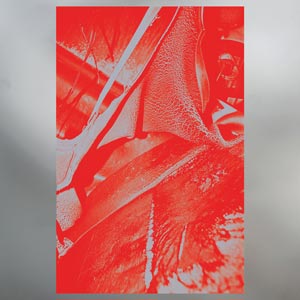
23. Helm – Olympic Mess
I can’t begin to understand the mind that creates this jagged noise, but I’ve loved everything it’s produced.
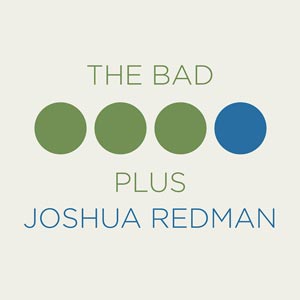
24. The Bad Plus and Joshua Redman – The Bad Plus Joshua Redman
I love the Bad Plus, and the daring jazz trio pushed Redman so far here that a lone solo of his got nominated for a Grammy.
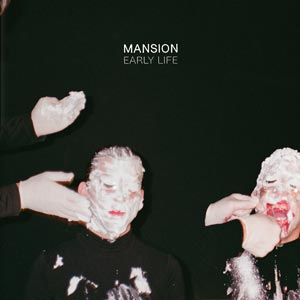
25. Mansion – Early Life
Skittering post-punk in the vein of LiLiPUT or Gang of Four from the heart of Oakland, Calif., with Candace Lazarou’s vocal delivery causing chills.
